Meet the future generation of doctors and their “robot assistants”.

10:59 19/05/2024

2 phút đọc
Today, operating rooms not only have surgeons but also robots. The nearly 2.5 meter tall Da Vinci surgical robot with four arms can help doctors perform less invasive surgeries more accurately. The doctor controls the robot remotely via the control panel, allowing clear 3D images inside the patient’s body to be observed.
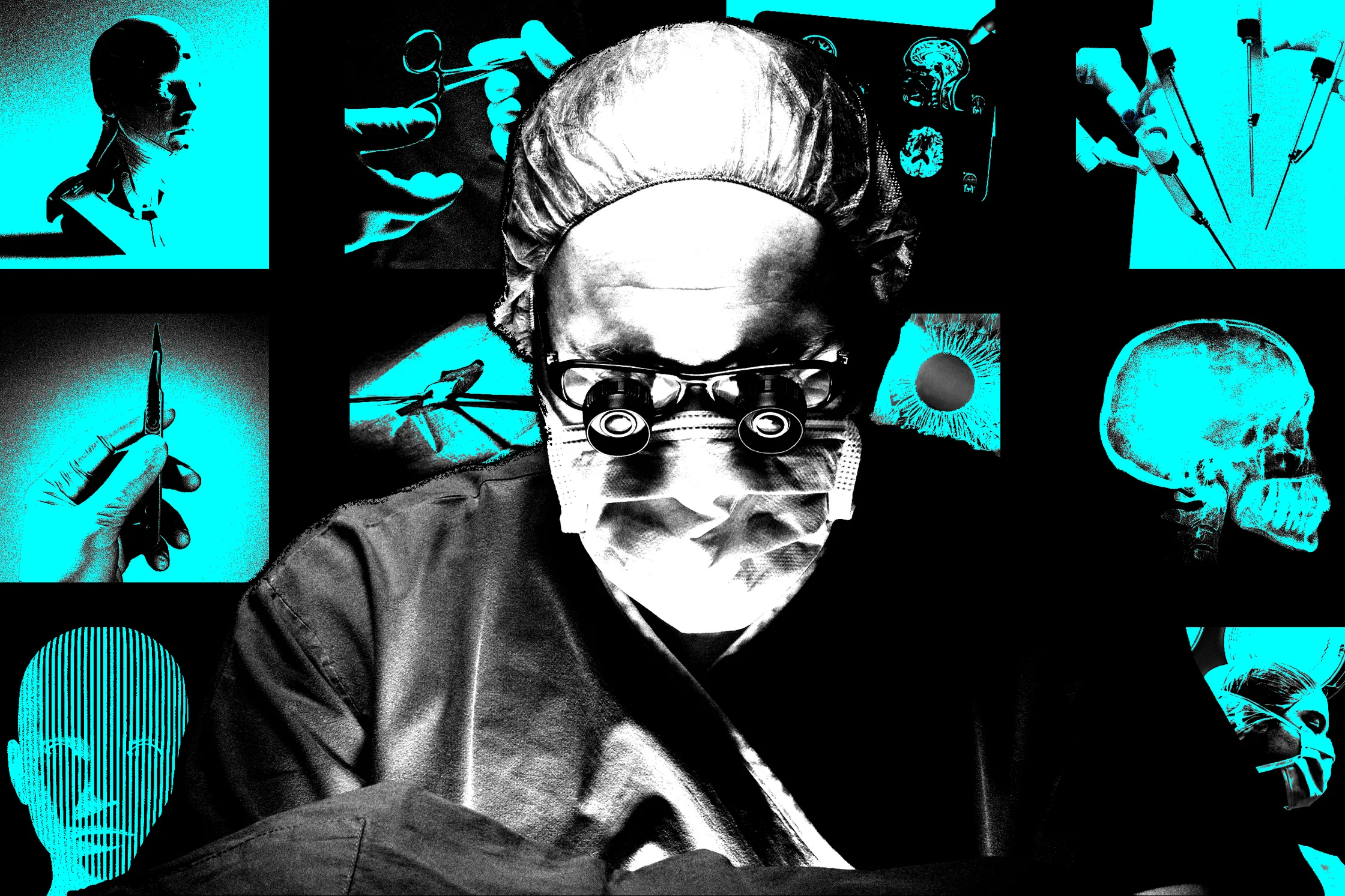
Previously, many people doubted the effectiveness of surgical robots. However, the use of surgical robots is increasing rapidly. A 2020 study found that the rate of robotic surgery increased from 1.8% in 2012 to 15.1% in 2018, especially in areas such as urology and gynecology.
This change also impacts medical training. The new generation of doctors is learning in a completely different way than the previous generation. Now, medical students can use robotic surgery simulation software to practice essential skills. Research shows that experience playing video games can help with learning robotic surgery, but actual surgical skills still require dexterity and hand-eye coordination.
Alyssa Murillo, a surgeon in research, is looking to assess the proficiency of beginners using surgical robots. Current training programs typically include practice on simulation software, assisting the lead surgeon for about 10 surgeries, and then controlling the robot under supervision.
However, training with surgical robots also has limitations. First, medical students may only focus on looking at the screen without directly observing the doctor’s actions. Second, the cost of robotics and simulation software is very high, limiting access for medical schools.
Even so, robotic surgery also benefits medical training. Dr. Johannes Kratz said that thanks to the robot, students can see exactly what the surgeon observes, instead of having to stand at an unfavorable angle. Dr. Ashutosh Tewari also agrees that students can learn better thanks to clear 3D images.
Tewari is trying to bring 3D technology into the exam room right from the first year for medical students. He is also researching other training methods, such as using virtual reality to create virtual operating rooms or artificial intelligence to help students identify structures in the body.
In the future, robotic surgery will continue to grow with more manufacturers entering the market, helping to reduce costs and increase accessibility. Medical education will also innovate towards integrating modern technology. New generation medical students, already familiar with technology, will easily adapt to these advanced training methods.
Bài viết liên quan
Palm Mini 2 Ultra: Máy tính bảng mini cho game thủ
Robot with smart grip
NASA’s goal of conquering the Sun
Apple launches a new feature that makes it easier to use your phone while sitting on vehicle
Google Photos launches smart search feature “Ask for photos”
Roku streams live MLB baseball games for free
Gun detection AI technology company uses Disney to successfully persuade New York
Hackers claim to have collected 49 million Dell customer addresses before the company discovered the breach
Thai food delivery app Line Man Wongnai plans to IPO in Thailand and the US in 2025
Google pioneered the development of the first social networking application for Android
AI outperforms humans in gaming: Altera receives investment from Eric Schmidt
TikTok automatically labels AI content from platforms like DALL·E 3
Dell’s data was hacked, revealing customers’ home address information
Cracking passwords using Brute Force takes more time, but don’t rejoice!
US lawsuit against Apple: What will happen to iPhone and Android?
The UAE will likely help fund OpenAI’s self-produced chips
AI-composed blues music lacks human flair and rhythm
iOS 17: iPhone is safer with anti-theft feature
Samsung launches 2024 OLED TV with the highlight of breakthrough anti-glare technology

REGISTER
TODAY
Sign up to get the inside scoop on today's biggest stories in markets, technology delivered daily.
By clicking “Sign Up”, you accept our Terms of Service and Privacy Policy. You can opt out at any time.













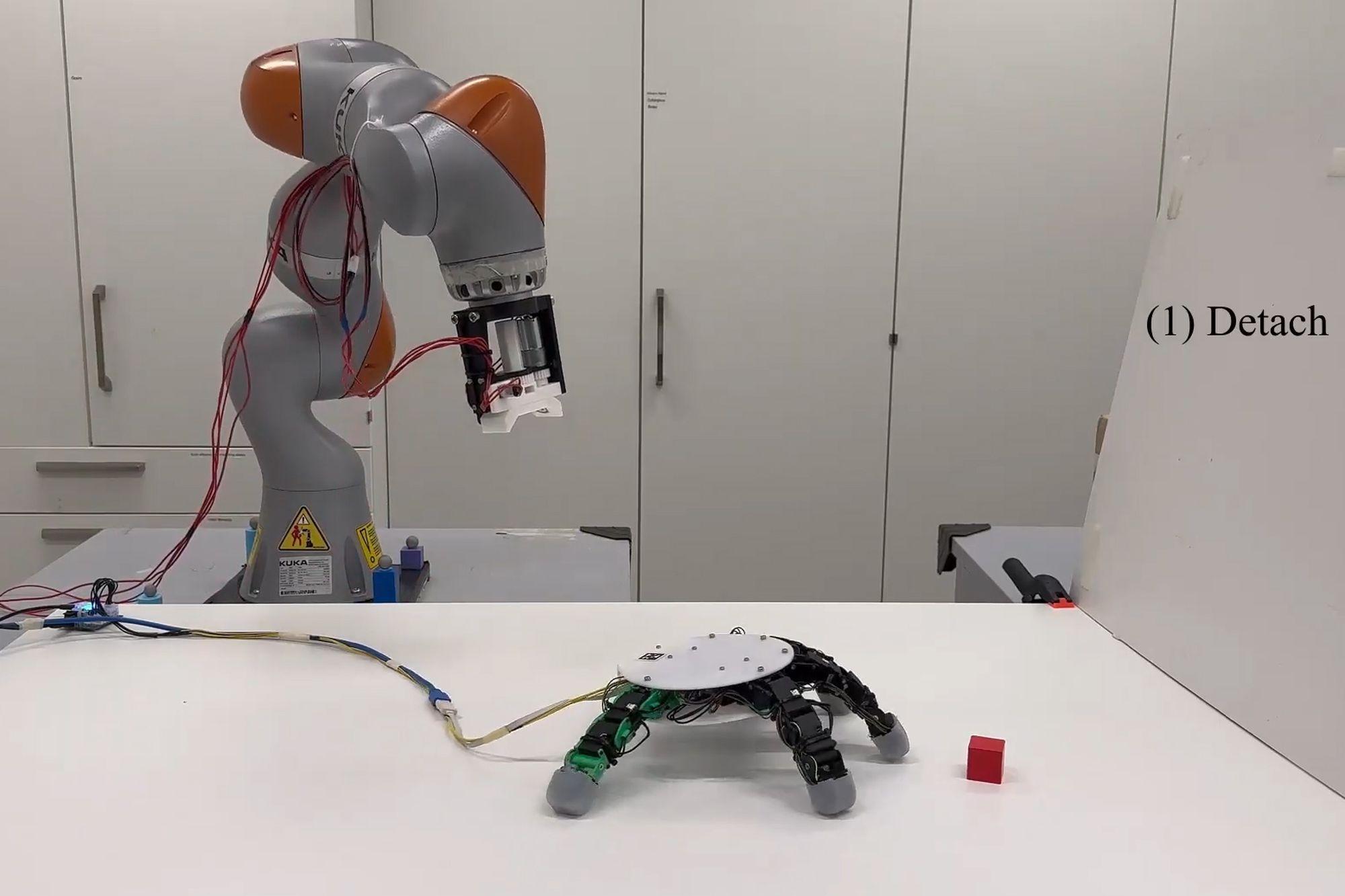




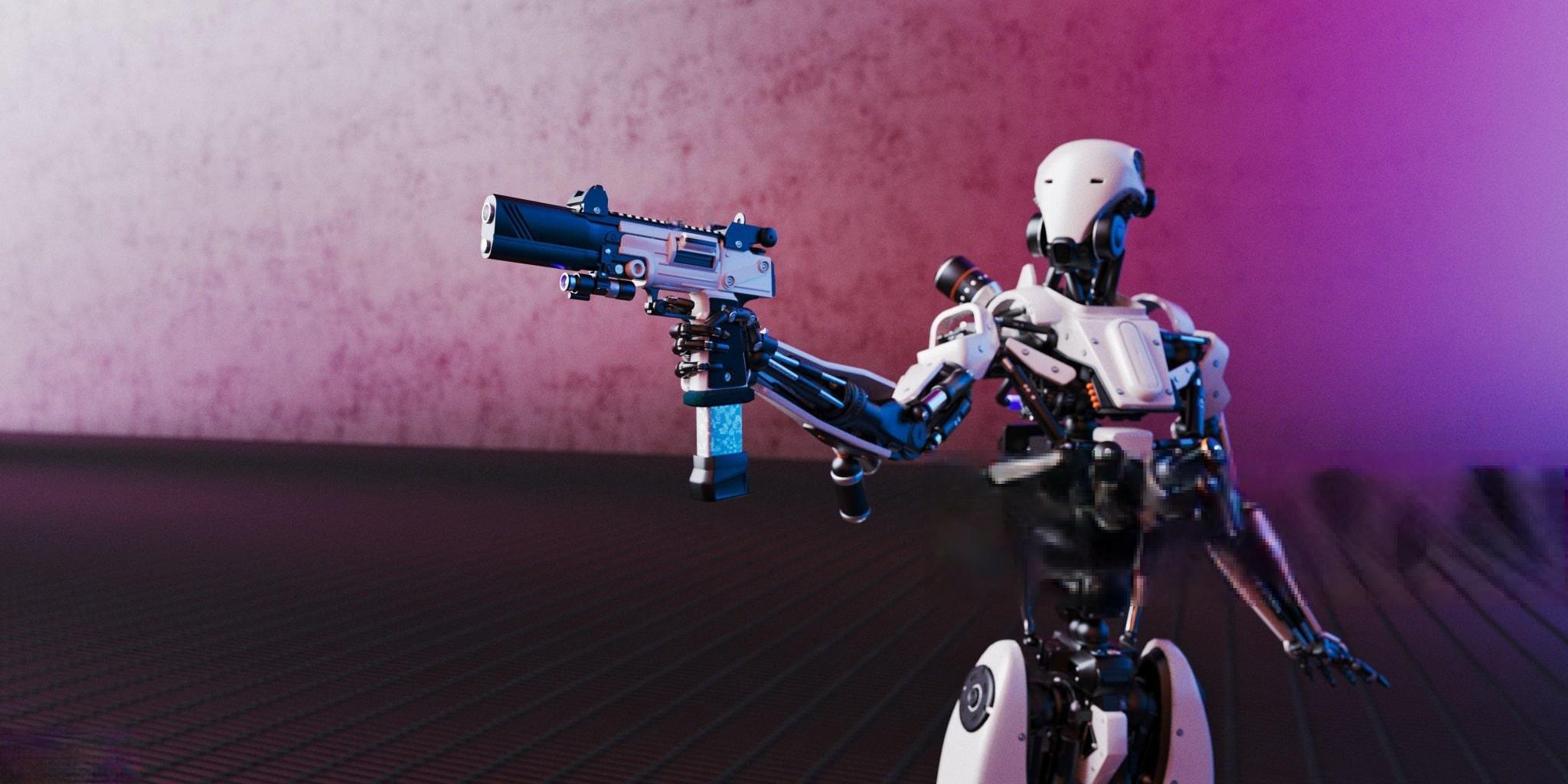







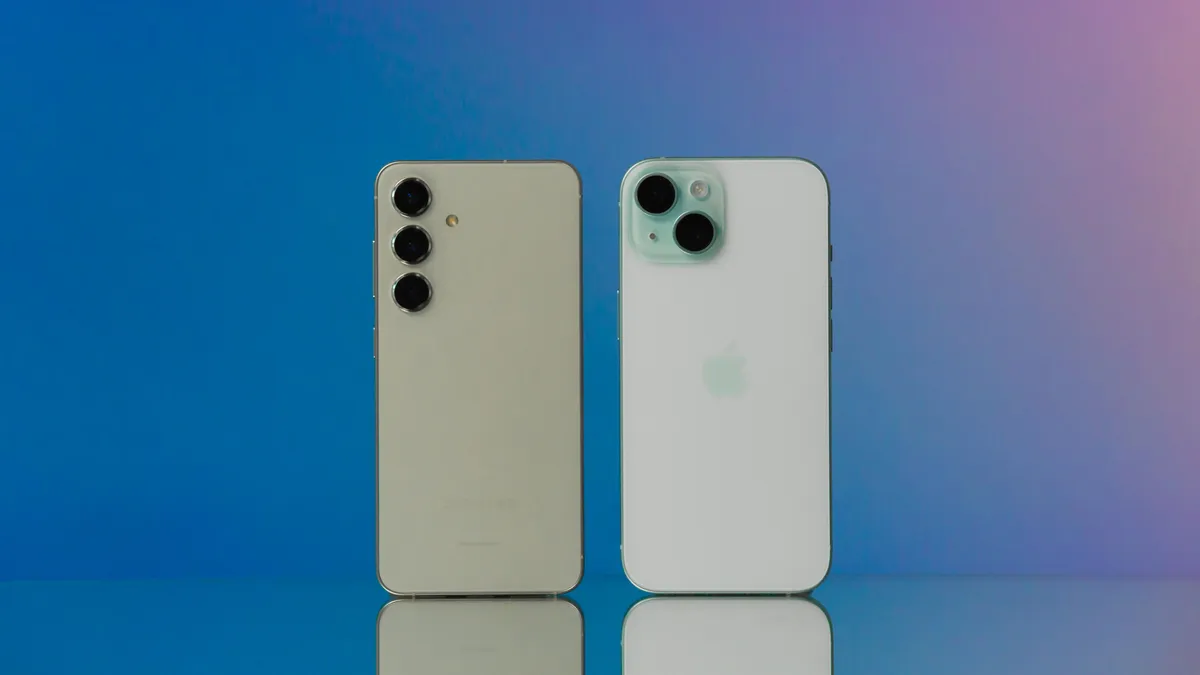

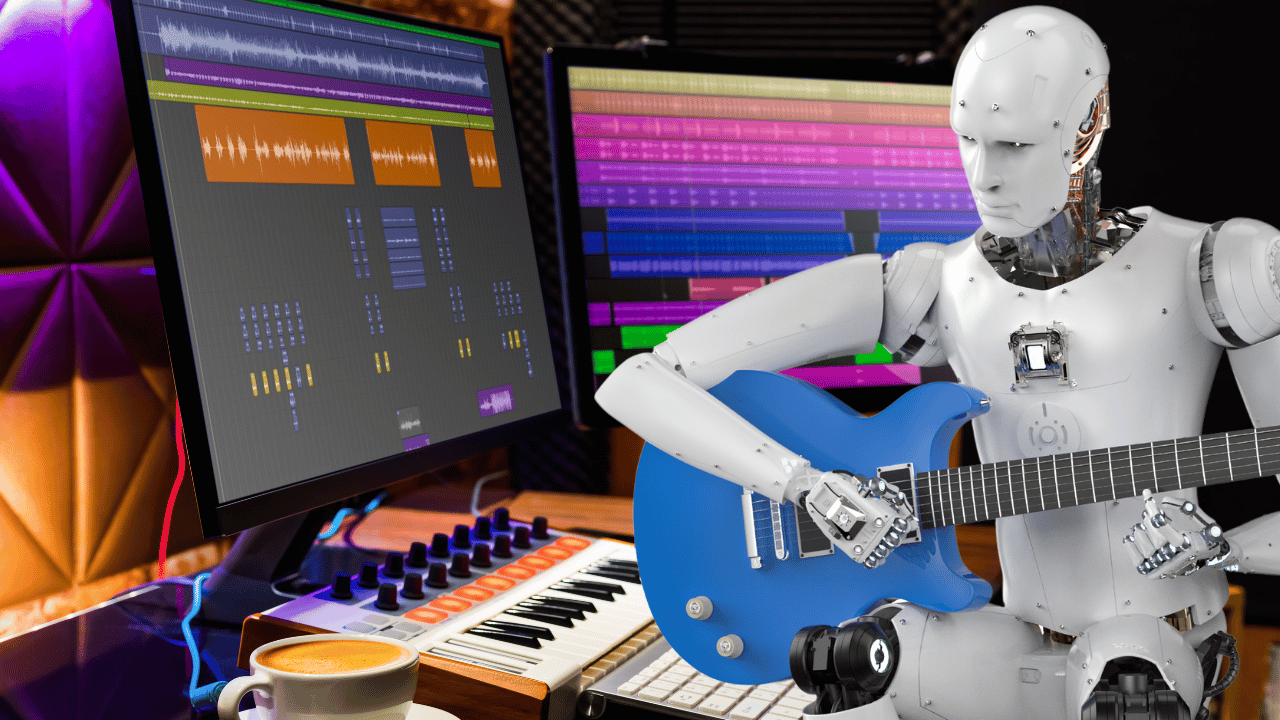

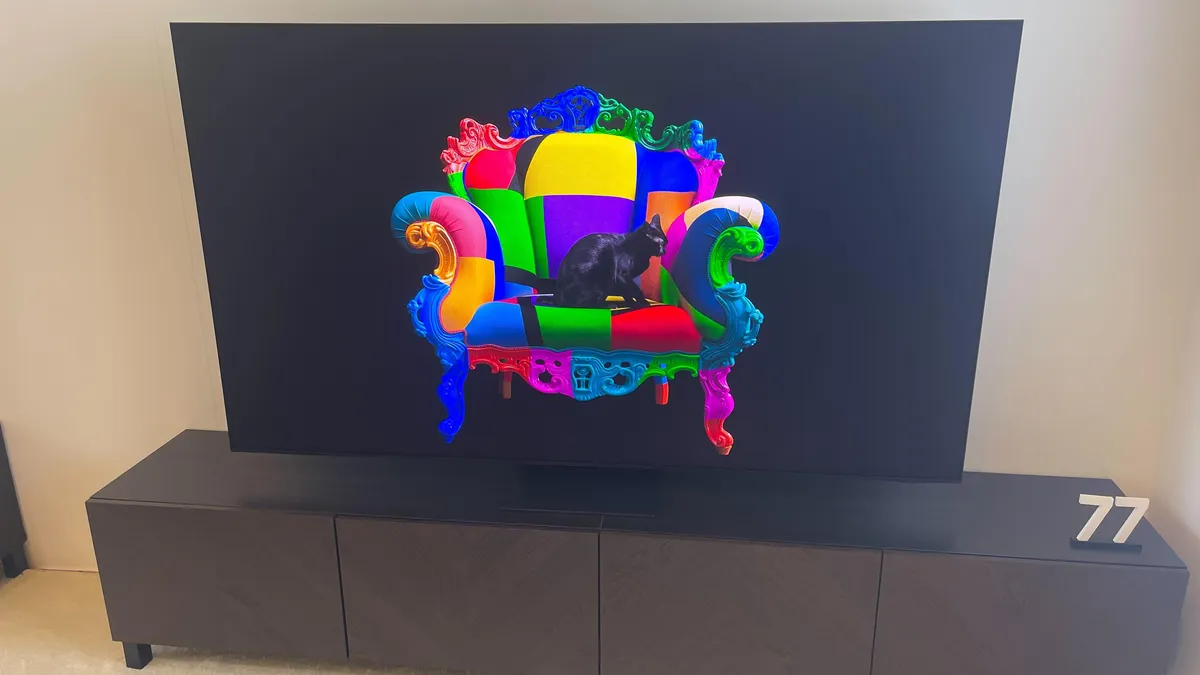

Nhận xét (0)